1. Overview: Shoe spikes, also known as cleats, are specialized footwear designed for athletes to provide enhanced traction and grip on surfaces like grass, track, or turf. They are commonly used in sports such as track and field, soccer, baseball, and golf. These shoes feature metal or plastic protrusions (spikes) attached to the sole that dig into the ground for improved stability and performance during movement.
2. Material: Shoe spikes are typically made of lightweight materials like synthetic leather or mesh for the upper part, providing a balance of flexibility and durability. The sole is often made of rubber or plastic, with metallic or ceramic spike inserts, depending on the surface the shoe is intended for.
3. Design Features:
- Upper Construction: The upper part of spiked shoes is designed for a snug fit, often with a lace-up system or a strap to ensure the shoe stays securely on the foot during rapid movement. Some shoes may also have ventilation holes or mesh to promote breathability.
- Midsole Cushioning: Many shoes with spikes offer light cushioning in the midsole, using foam materials like EVA (ethylene vinyl acetate) to absorb shock and reduce impact on the feet.
- Outsole (Sole): The outsole is rigid and built to withstand wear and tear. The spikes are strategically placed on the forefoot or across the entire sole, depending on the type of sport and the surface. For track shoes, spikes are concentrated on the forefoot to help with sprinting and acceleration.
4. Types of Spikes:
- Track Spikes: These are lightweight and designed to provide maximum speed and grip on running tracks. They usually have 6 to 8 small, sharp spikes in the forefoot area for sprinting or distance running.
- Cross-Country Spikes: These are built for varied terrains like mud, grass, or gravel. The shoes may have more aggressive, longer spikes for better traction.
- Field Spikes: Designed for jumping or throwing events in track and field, these shoes have a reinforced build for durability and stability.
5. Customization and Interchangeability: Many spike shoes offer interchangeable spikes, allowing athletes to adjust the length or material of the spikes based on different surfaces. This provides versatility, as shorter spikes are preferred on harder surfaces, while longer ones are used for softer grounds.
6. Performance Benefits:
- Enhanced Traction: The spikes dig into the surface, preventing slipping and enabling the athlete to push off more effectively, improving speed and agility.
- Stability: The shoe’s grip ensures better control during sharp turns or sudden movements.
- Energy Transfer: By minimizing energy loss through slippage, shoe spikes allow athletes to make the most out of every stride or jump.
7. Maintenance: Spiked shoes require maintenance such as replacing worn-out spikes and keeping the shoe clean to ensure maximum performance. It’s important to use the correct length and type of spikes for specific surfaces to prevent damage.
8. Aesthetic and Color: Spiked shoes often come in a variety of vibrant colors and designs, appealing to athletes who seek both function and style. Many brands incorporate sleek, aerodynamic shapes to minimize air resistance.
This level of detail would give someone a thorough understanding of shoe spikes, their uses, and their benefits for athletes

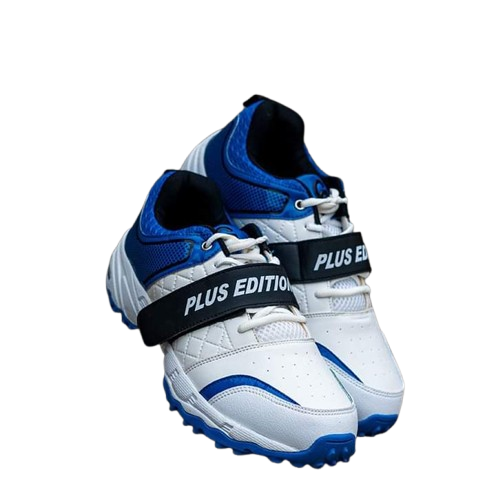
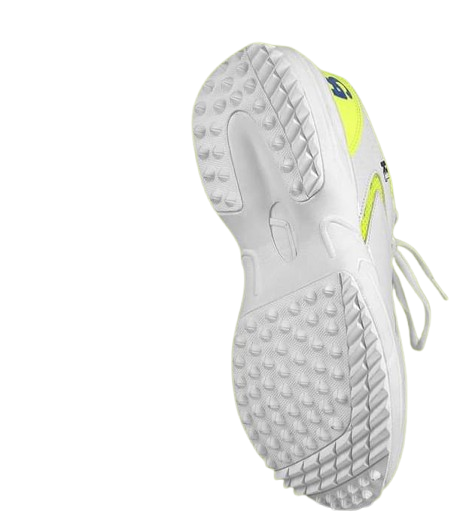
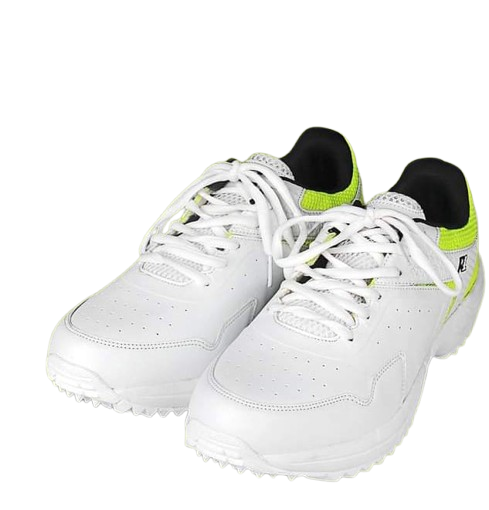
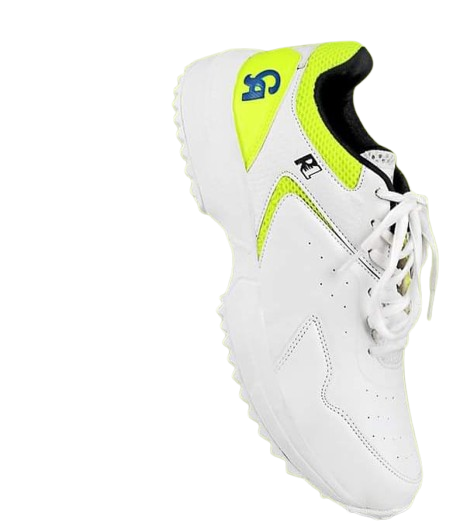


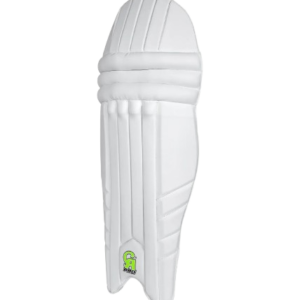



Reviews
There are no reviews yet.